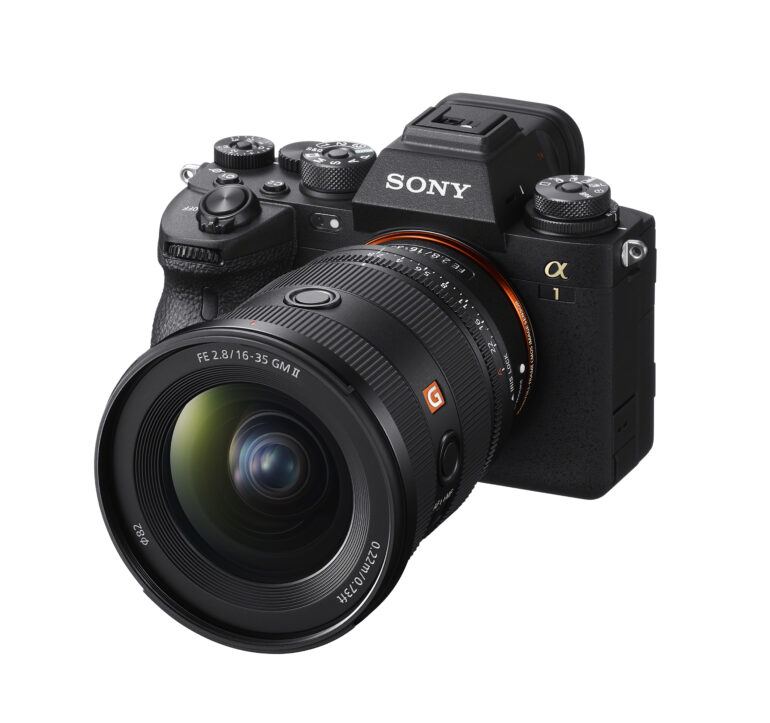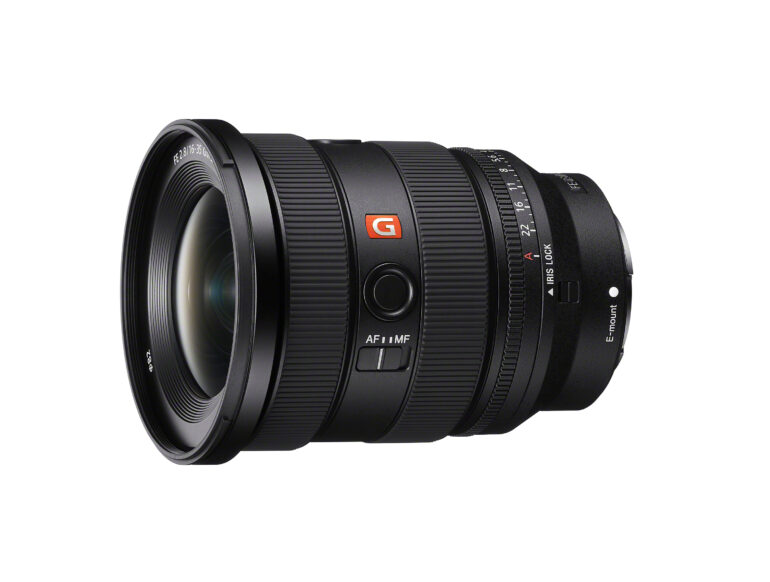Last Updated on 08/29/2023 by Feroz Khan
Sony has been giving its G Master lens users good reasons to upgrade. The 24-70mm f2.8 G Master II is smaller and lighter than its predecessor. These are great reasons for professional users to consider when deciding to make improvements and changes to their gear lineup. The new Sony 16-35 F2.8 GM II also joins the lineup of FE mount lenses and completes the trinity of GM II lenses. It’s almost 20% lighter and around 8% smaller than the previous edition it aims to replace. You also get to focus a bit closer on the new one.
The Original Was Fabulous

Ultrawide prime lenses are great companions for various genres of photography. They are often small in size, quick to focus, and come with a fast aperture. Now when you take all those technical benefits and put them in a premium zoom lens, you’re spoilt for choice. The extra cash you have to shell out to buy one of these zooms is often forgotten when you see the kinds of photos you can achieve. Sony did well with its inaugural Sony 16-35mm f2.8 G Master FE lens. Photos taken with it were pretty much free of chromatic aberration during our tests with it. It wasn’t just fast to focus; it even stood up to a torrential downpour quite well. We gave it a five-star review as well and noted that:
“[Sony] made a lens that is very well worth being ranked amongst some of the best zoom lenses out there. With weather sealing and sharpness as paramount features here, the Sony 16-35mm f2.8 G Master FE is a fantastic lens for the professional photographer.”
In terms of results, the original ranked as one of the best in the FE lineup of Sony lenses. It was noticeably sharp across the zoom range, felt good to hold, and was quick to autofocus. And it was reliable in the various tests we did with it, much like any G Master lens should be. Those qualities are hard to improve upon. The Sony FE 16-35 F2.8 GM II has a lot to live up to and exceed even.
What’s New With The Sony 16-35 F2.8 GM II

- Sony claims that with the addition of this lens, their Mk II Trinity is now the smallest and lightest such lens trinity in the world.
- Not that it was noticeably heavy, but Sony has lowered the lens weight from 680g (24 oz.) to 547g (19.3 oz.).
- They’ve also shortened the lens a bit from 121.6mm (4 7/8 in) to 111.5mm (4.53in). Although it’s shorter, Sony says that the weight redistribution has been virtually unaltered.
- The minimum focus distance drops from 0.28m (0.92 ft) to 0.22m (0.72 ft)
- Sony has added a dedicated, clicked 1/3 step aperture ring in the 16-35 GM II lens.
- An aperture On/Off switch has been included, allowing the aperture ring to be de-clicked, making it more attractive for videographers.
- They’ve added an extra focus hold button now, making it a total of two such buttons for convenience.

Who Would Be Interested In This Lens

Landscape, cityscape, and travel photographers using Sony cameras, who haven’t already got themselves an ultrawide lens, could probably consider the Sony 16-35 F2.8 GM II. In fact, this would be a fantastic lens for astrophotographers as well.

At USD 2,299.99 it’s not budget-friendly by any means. But it’s bound to at least match up to, if not improve upon the previous edition while being smaller and lighter. Plus it’s got a handful of new features that set it apart from its forerunner, giving even owners of that lens some reasons to upgrade. These enhancements look like they’ll streamline the workflows of both photographers and videographers. We’re hoping to get our hands on this one soon for an in-depth review of its performance and features.
All images seen here, unless otherwise specified, have been supplied to us by Sony.


